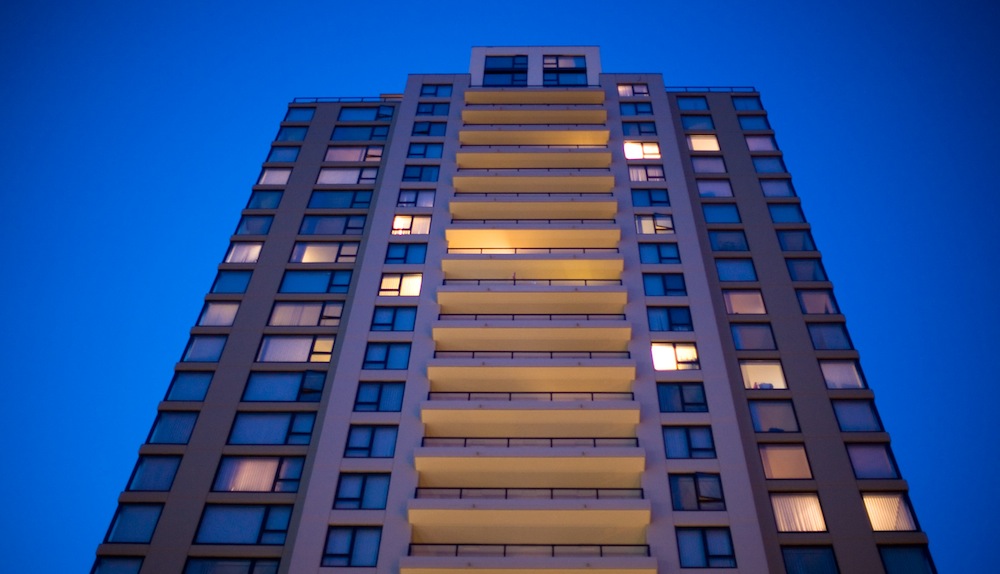A proposal to set lighting requirements for high-rise dwellings in the energy standard published by ASHRAE and the Illuminating Engineering Society (IES) is open for industry comment.
Fourteen addenda to ANSI/ASHRAE/IES Standard 90.1-2013, Energy Standard for Buildings Except Low-Rise Residential Buildings, are open for public comment from March 25 until April 24, 2016. Currently, lighting in dwelling units in high-rise buildings is exempt in both Standard 90.1 and ANSI/ASHRAE/IES Standard 90.2, Energy Standard for Low-Rise Residential Buildings.
“In general, lighting within someone’s personal dwelling unit (home) has been exempt because it was not considered commercial, which is the focus of 90.1,” said Eric Richman, chair of the standard’s lighting subcommittee. “Over time, the lack of dwelling unit requirements in 90.1 presented a potential gap in energy savings. These new requirements would set efficacy minimums and/or controls for the lighting in dwelling unit spaces covered in the standard’s scope, which includes multi-family structures of four stories or above.”
The proposed requirements are similar to those in the U.S. Environmental Protection Agency’s ENERGY STAR program for high efficacy lighting. The proposed efficacy requirements will effectively eliminate the use of incandescent/halogen sources as well as less efficacious products in the compact fluorescent (CFL) and light emitting diodes (LED) categories. To comment or learn more, visit here.
Related Stories
| Aug 11, 2010
Gold Award: Eisenhower Theater, Washington, D.C.
The Eisenhower Theater in the John F. Kennedy Center for the Performing Arts in Washington, D.C., opened in 1971. By the turn of the century, after three-plus decades of heavy use, the 1,142-seat box-within-a-box playhouse on the Potomac was starting to show its age. Poor lighting and tired, worn finishes created a gloomy atmosphere.
| Aug 11, 2010
AIA course: MEP Technologies For Eco-Effective Buildings
Sustainable building trends are gaining steam, even in the current economic downturn. More than five billion square feet of commercial space has either been certified by the U.S. Green Building Council under its Leadership in Energy and Environmental Design program or is registered with LEED. It is projected that the green building market's dollar value could more than double by 2013, to as muc...
| Aug 11, 2010
Let There Be Daylight
The new public library in Champaign, Ill., is drawing 2,100 patrons a day, up from 1,600 in 2007. The 122,600-sf facility, which opened in January 2008, certainly benefits from amenities that the old 40,000-sf library didn't have—electronic check-in and check-out, new computers, an onsite coffeehouse.







